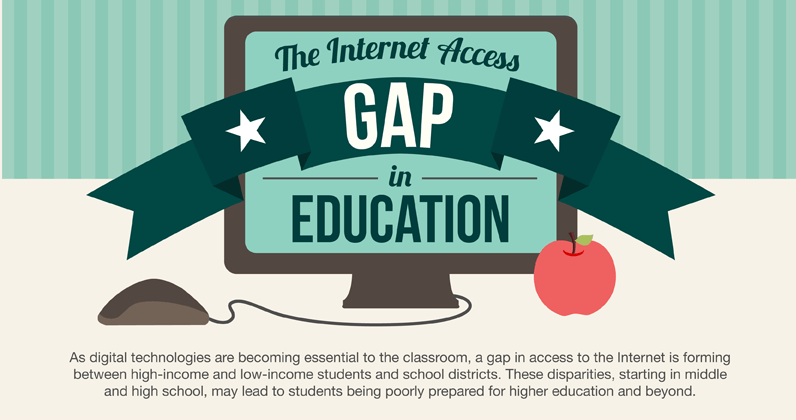Anasuya is two years old, and it was time for us to get her admitted into a good nursery for her schooling. Little did I know the amount of efforts, planning and arm-twisting that is required for acquiring admission for your ward!
Prelude
Being a student of Ramabai Paranjpe nursery, I naturally assumed that by de facto Anasuya will be welcomed there with open arms. My first mistake was not bothering to talk to the powers that be regarding her admission.
Interestingly, I was not the only one who had made such an assumption! Amongst the waiting line, I bumped into some familiar faces, and quite a few of them harboured such expectations. The one thing that any new parent should get used to is waiting in the line. Waiting for forms, waiting for interviews, waiting for results, waiting for your child to come out from class … get used to the waiting.
Well deserved candidate
The D-day came for the interview, and Anasuya aced all the questions put in front of her. Things like separating veggies and identifying them. We (my wife and I) had prepared long and hard for this day, and it seemed that the fruits of our labour were close at hand. Another mistake a parent should never do, is assume its over … it’s not done until the fat lady sings!
Horror of horrors!
When the results did come out, we found that to our chagrin, our daughter’s name was not listed anywhere. How can my school reject my ward? This question was hounding me for the next 3-4 days. It’s not that I was the darling of the school or anything … but nursery school was probably the only time when I had excelled academically ;-)
Analysis – Paralysis
After denial, the analysis-paralysis stage started, where we tried to examine what could have possibly gone wrong. And we starting reaching out to our contacts who could be of help. The one thing about pulling strings and setting up contacts, is that it needs to be done prior to the actual event and not after. Having never resorted to such tactics before, this was a revelation for me.
Pulling Strings and the Education Mafia
It became increasingly frustrating for us to know that we knew so many people and yet we did not do anything about it. However, we did not stop .. a word here, a word there, calling up old-friends to ask for favours and calling up strangers and begging and pleading with them. I was literally shameless, and was trying every option available to me. Including meeting with local politicians to see if they could help out with the admission.
Friends whose families were related somehow with the school, seniors who knew people at the school, friends whose parents were influential, the local ward controller … we talked with nearly 10-15 people who could have individually made a difference … but we were mostly told that it was too late.
Opening other options
Obviously, this is not the only nursery school in the world, or the city. So we started looking at other good schools and approaching them. However, it was too late for most, but for those who still were taking admissions, we got all other forms and initiated the process. ICSE / SSC / IGCSE … it mattered naught. As long as my child gets an admission in a school, the rest could be sorted out later!!
Sitting at home was getting to be more miserable, since the mood in the house was always bleak. There was no other talk, but about the admissions.
Mafia to the rescue
Someone made a difference. I do not know till date who made the actual difference, but I thank everyone whom I had approached, and god bless your souls! Anasuya now has secured admission in my nursery school and we have just paid the up-front annual fees to the school. The Ajinkya household has heaved a huge sigh of relief as the high-strung tension wrought from the past week is washed away.
For all parents, learn this lesson, prepare for the battle of admissions from as early as 2 years.
It’s no wonder Indians become so competitive. There is not respite for us, right from the age of 2 years … till we finish our formal education … we have to compete for good education. Some of the most competitive exams in the world are Indian examinations! IIT-JEE (10,000 seats for 400,000 applicants) and CAT (3,000 seats for 300,000 applicants) are prime examples of such examples. Not even ivy league b-schools such as Harvard or Oxford can boast of such ratios.
![]()
